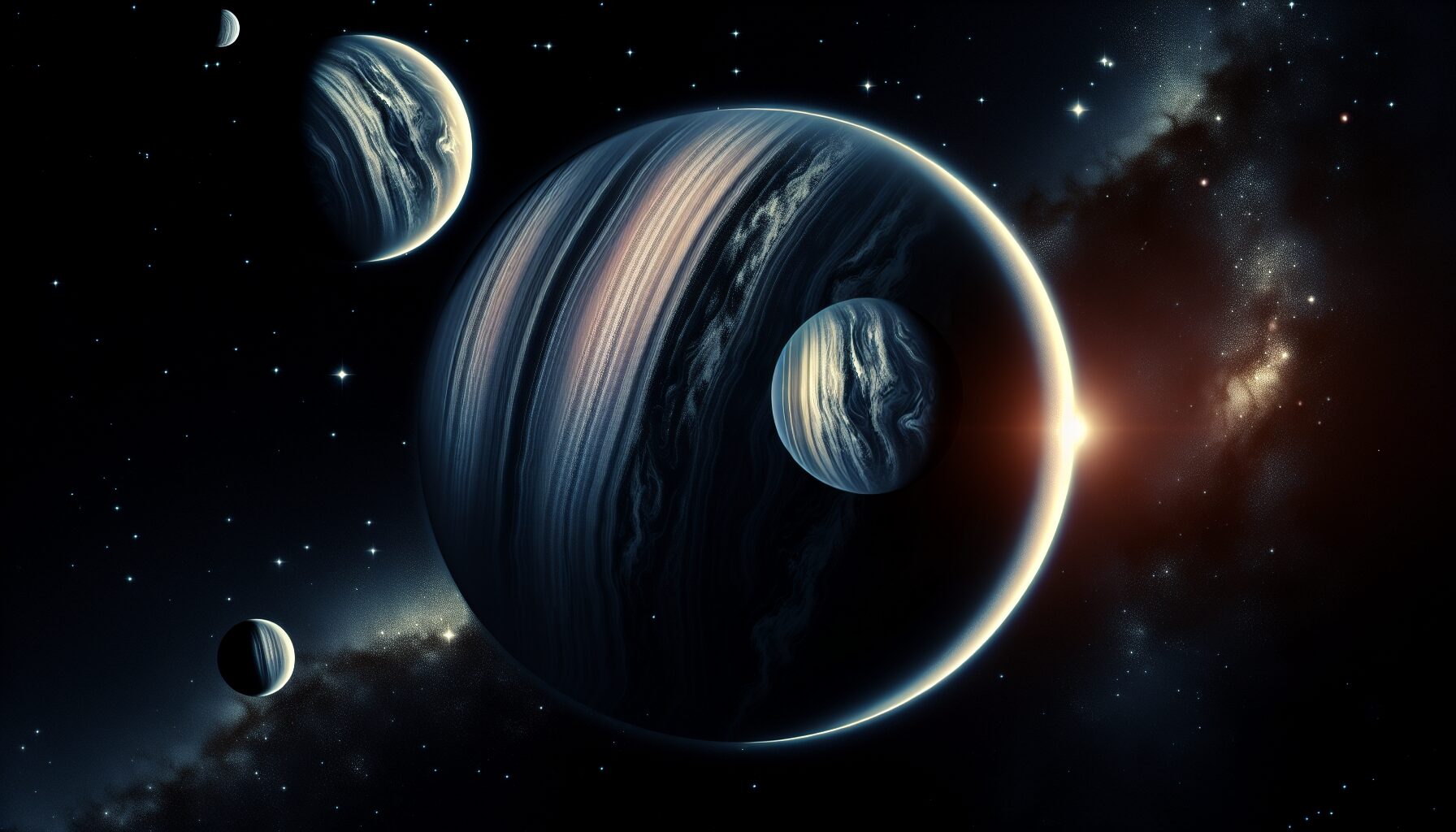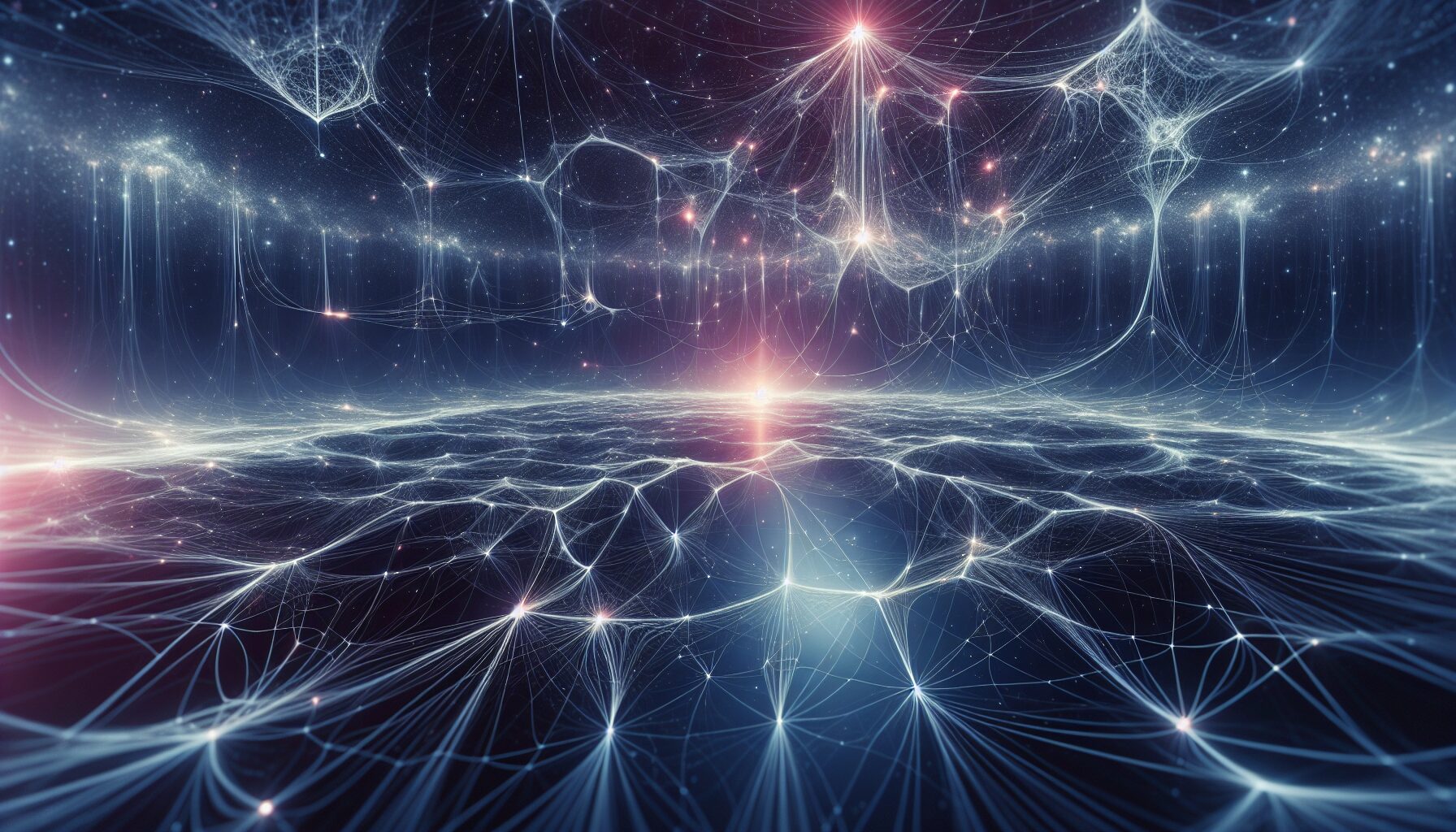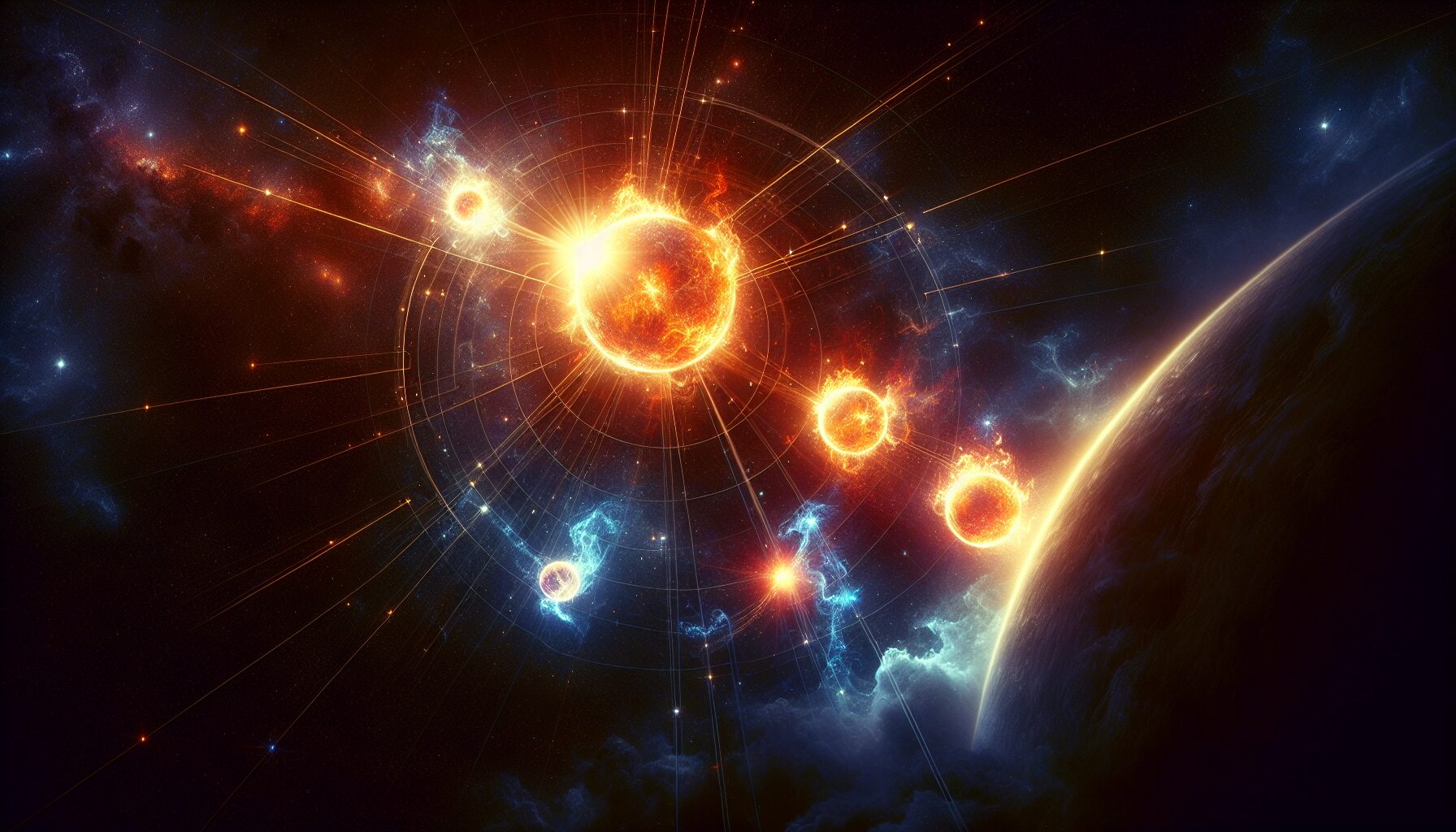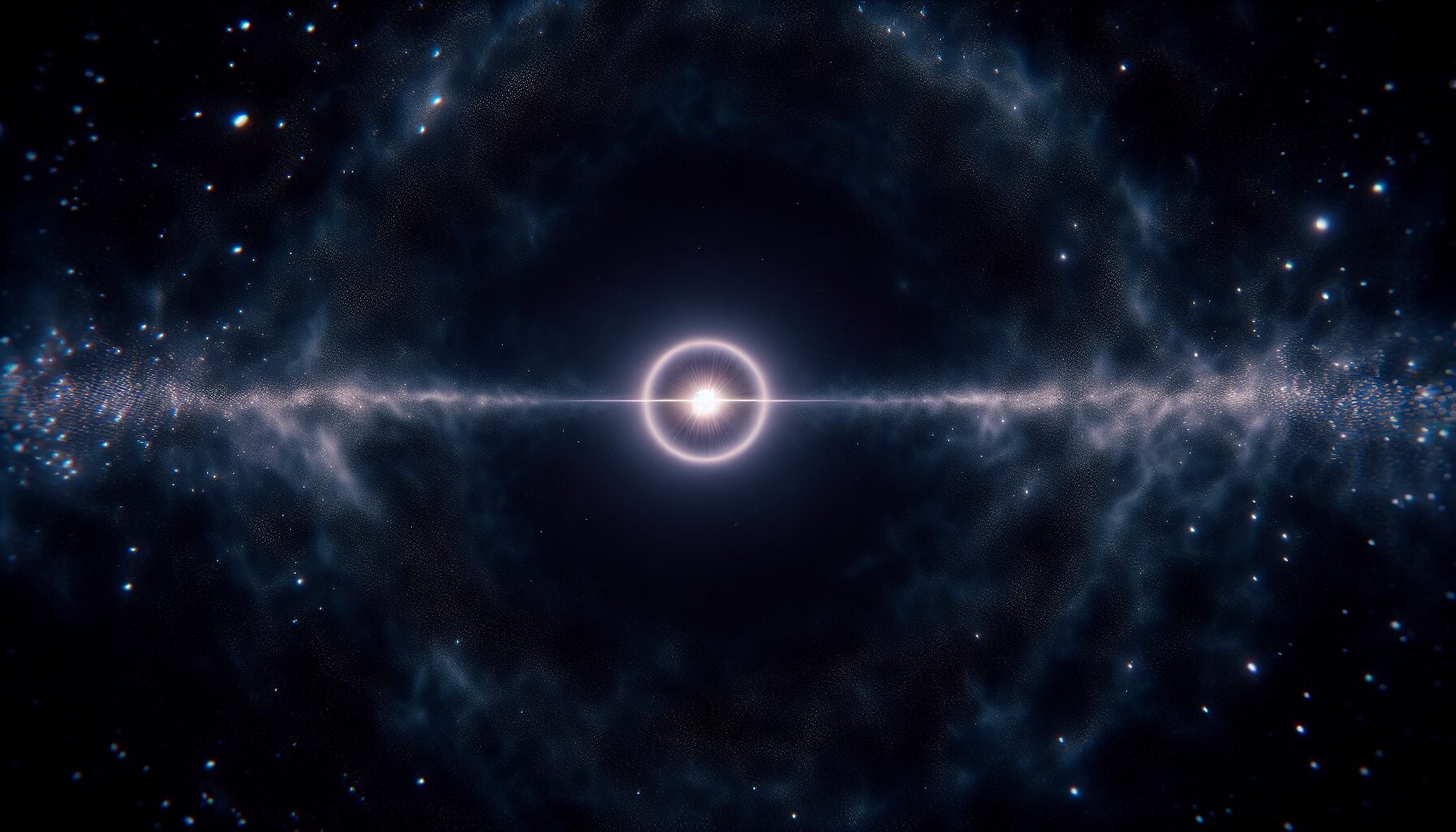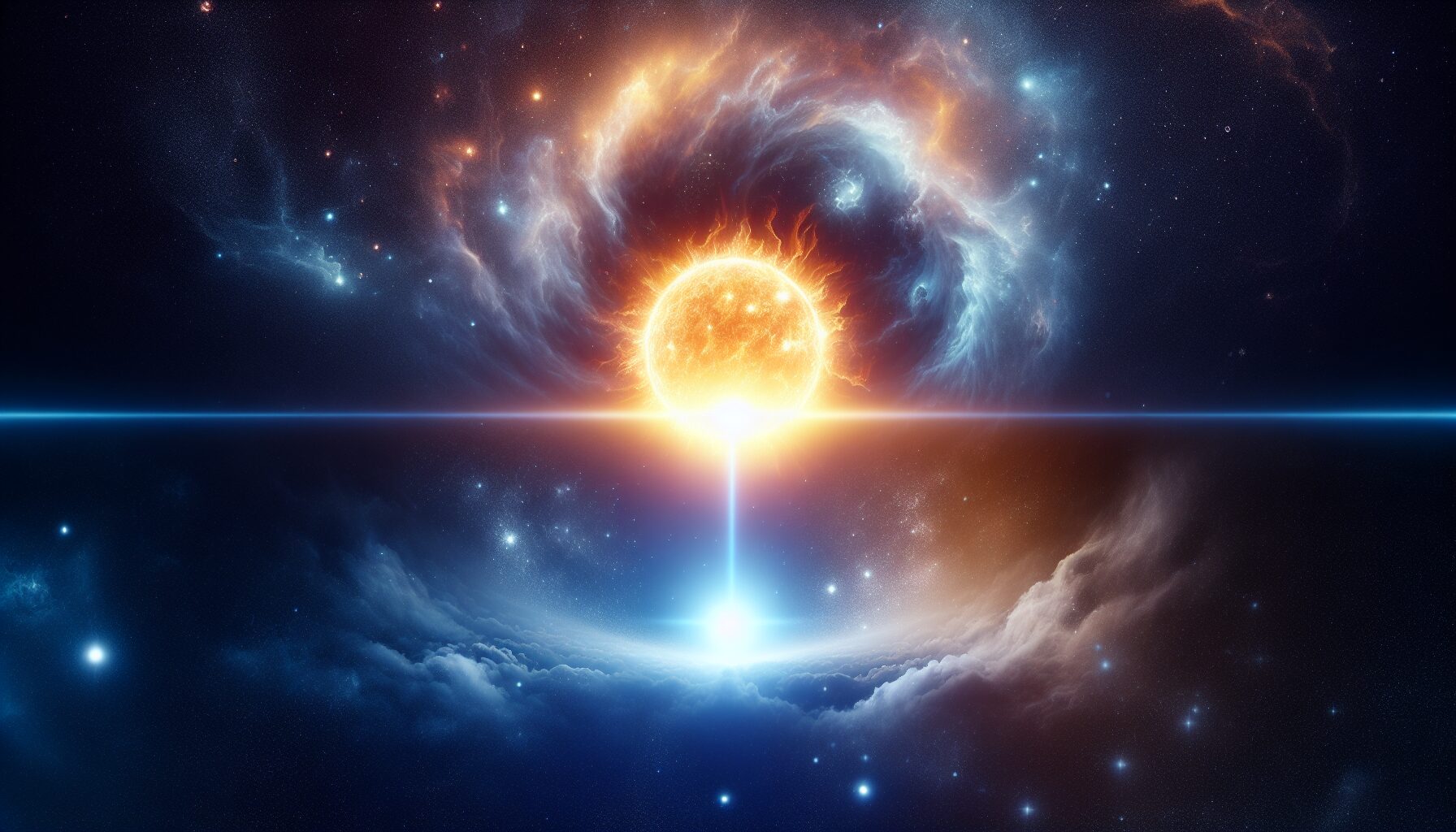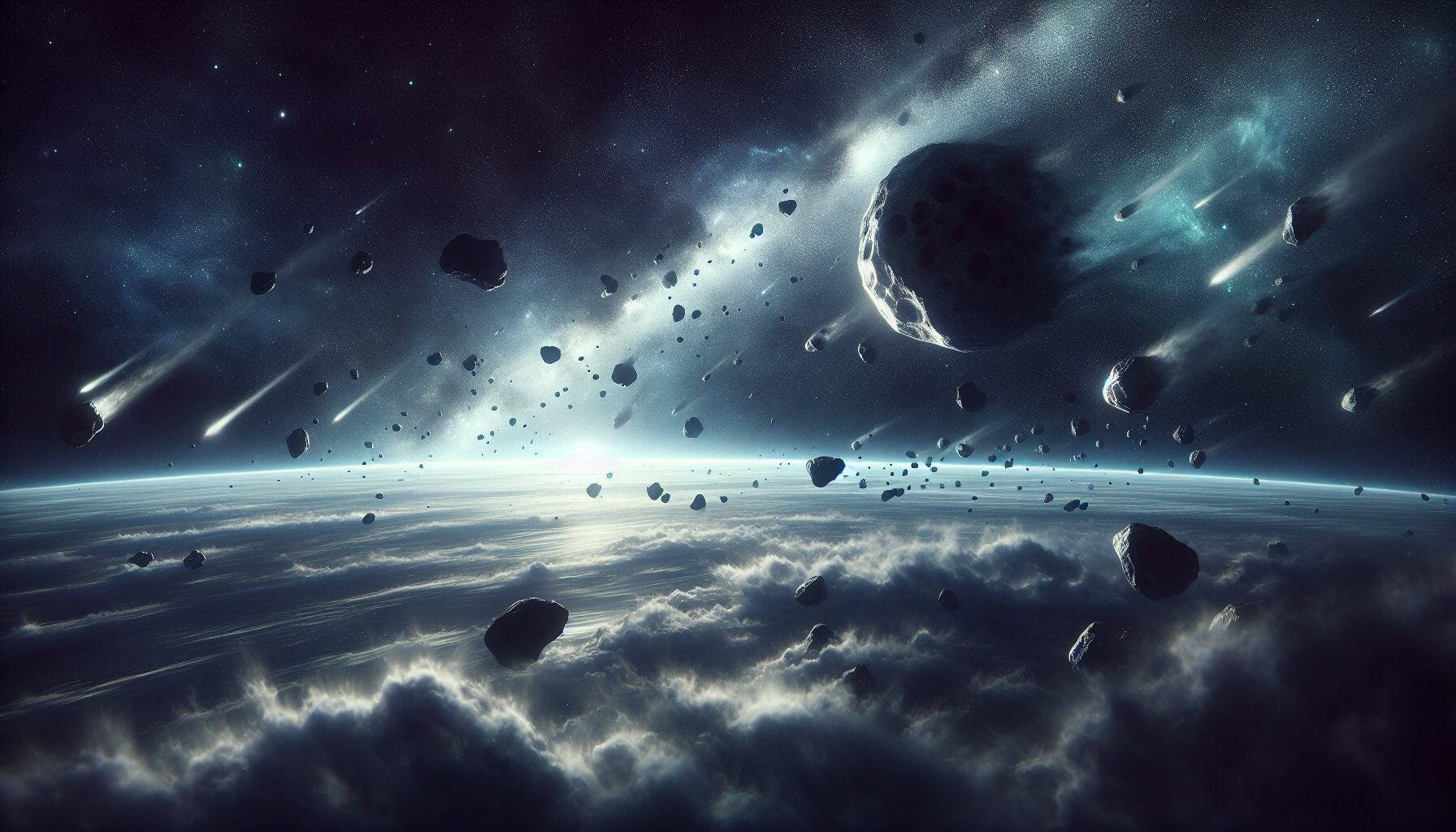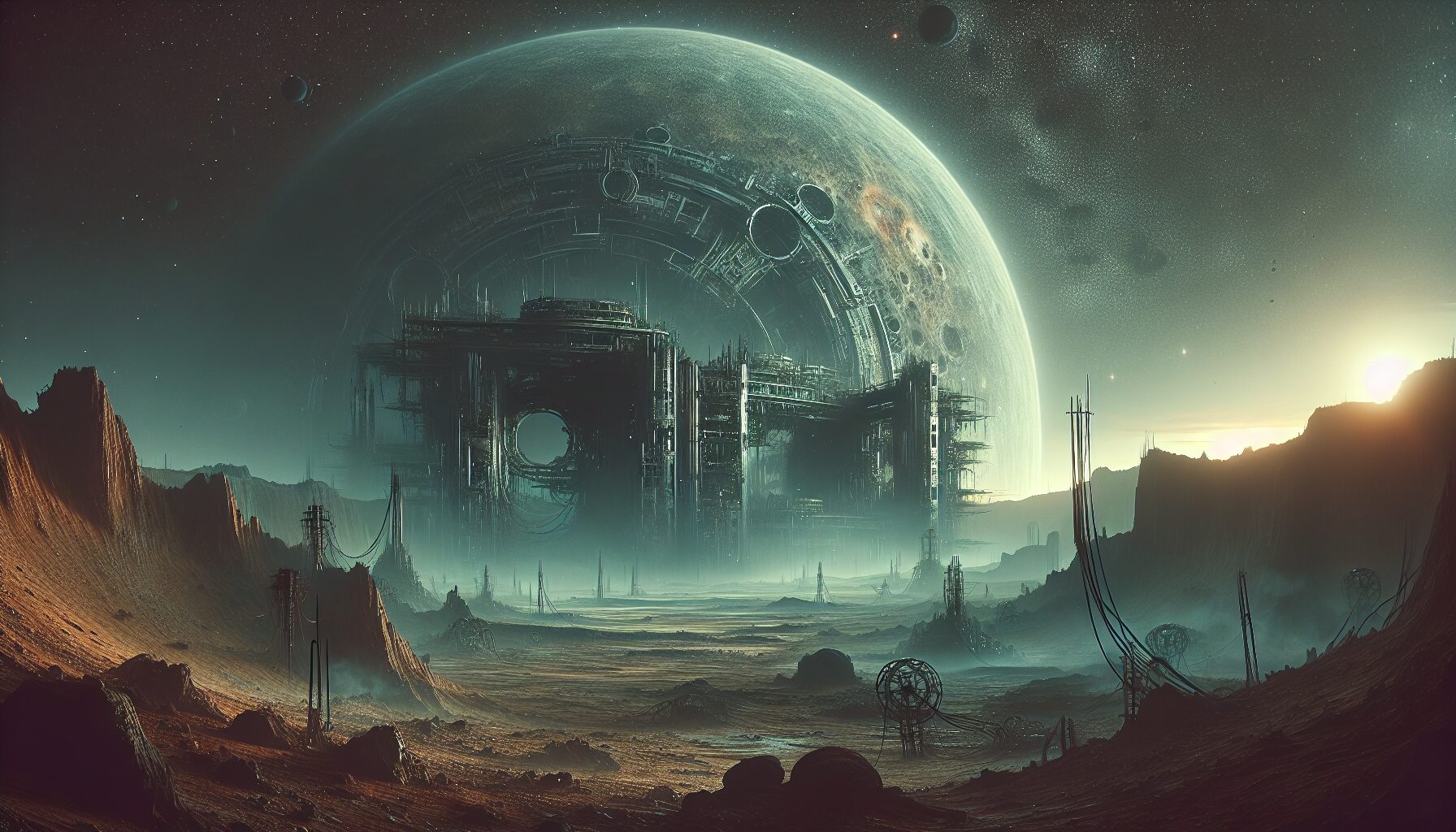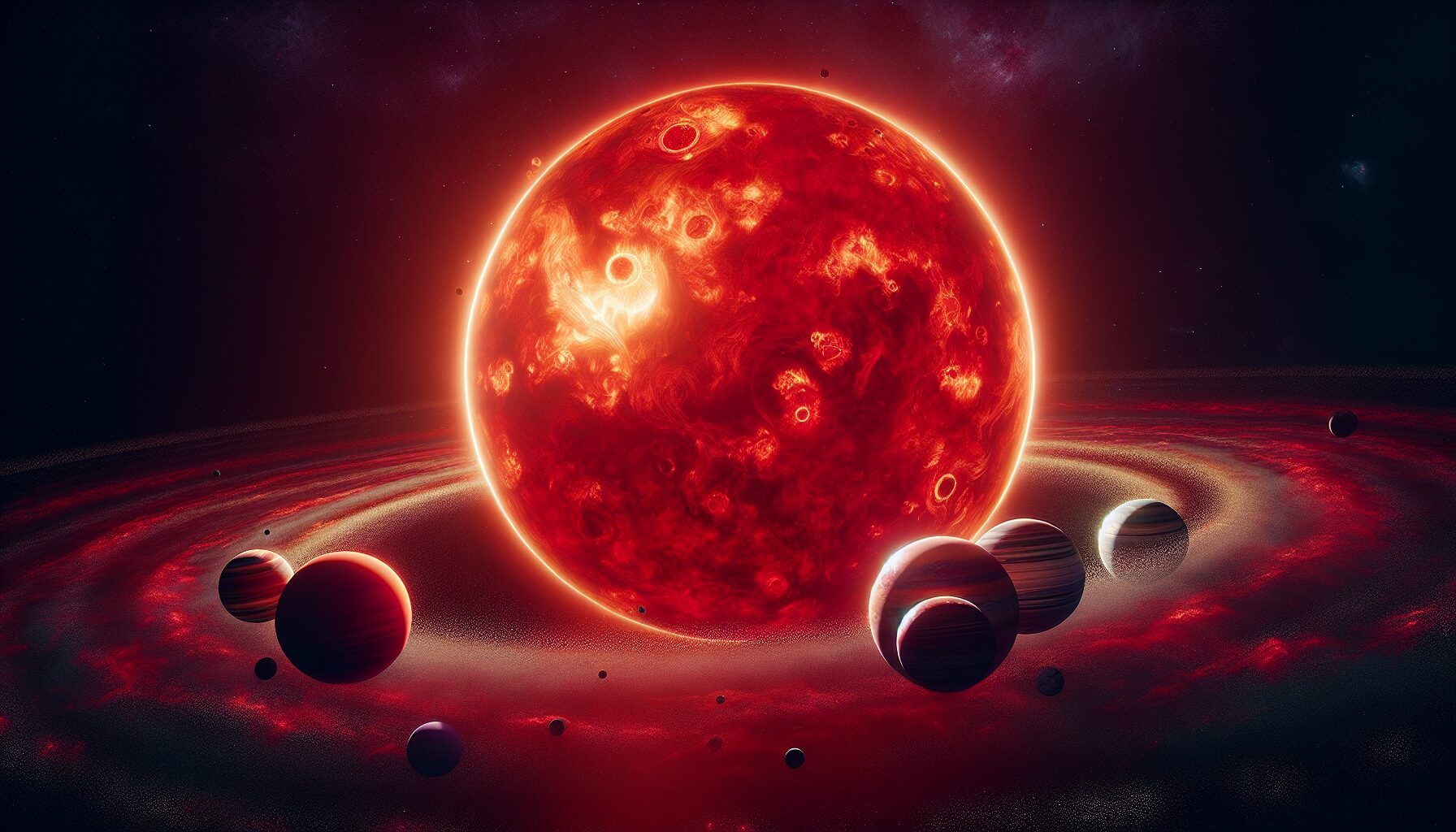In the vast, dark stretches of the universe, untethered worlds known as rogue planets drift silently, detached from the gravitational embrace of any star. These nomadic globes emerge in the cosmos like cosmic orphans, casting light on both the mysterious dynamics of planetary formation and the grim realities reflected in their solitary voyage.
The Origin of Rogue Worlds
Rogue planets may form in a manner similar to regular planets but undergo unique evolutionary paths. Once part of a distant solar system, these planets could have been ejected by gravitational disturbances or violent interactions with neighboring celestial bodies. According to The Astrophysical Journal, “planets can be hurled from their orbits during the formation and early evolution of planetary systems” (source).
“Some rogue planets could have formed free-floating in space, like stars, but failed to ignite into stellar flames—never achieving that critical mass for stardom,” explains astrophysicist Mike Brown of Caltech.
The Search for the Unseen
Rogue planets are challenging to study due to their lack of an illuminating star. However, advancements in astronomical technology and methods, such as gravitational microlensing, have enabled scientists to catch fleeting glimpses of these mysterious travelers. A significant finding in 2011 suggested the Milky Way might harbor as many as two rogue planets for every star, highlighting their potential abundance.
- Gravitational Microlensing: This technique involves observing the effects of a rogue planet’s gravitational pull on the light from a background star. The planet acts like a lens, magnifying the stellar light and alerting astronomers to its presence.
- Infrared Surveys: Rogue planets emit low levels of infrared radiation, giving astronomers clues about their thermal properties and composition.
The European Space Agency’s Gaia mission plays a critical role in these discoveries, precisely mapping the positions and motions of stars and rogue planets alike.
Lonely Wanderers Reflecting Death
Rogue planets offer a mirror to death in celestial terms. Stripped of their systems, they invoke a cosmic isolation that might be dwarfed only by black holes. On an astronomical scale, they represent a life extinguished—a memory of a dynamic past lost to the chaos and violence of cosmic evolution.
Though melancholic, the rogue planets’ serene paths through space contribute richly to our understanding of life and death beyond Earth. Each wandering world might once have hosted conditions favorable to life, circles of warmth and promise transformed into frozen, unyielding giants.
As mirrors of demise, these planets challenge our perception of survival beyond the safe havens of solar systems. They prompt existential questions: Could our Earth one day experience a rogue fate? What circumstances ensure a planet’s ultimate safety from cosmic threats?
Hope and Survival in the Cosmos
While rogue planets might conjure desolate images, they also speak of potential resilience and adaptation. It’s conceivable that life finds a foothold even without starlight, perhaps through geothermal processes or other unknown mechanisms. In 2020, a study published in Nature Astronomy proposed that some of these planets could host conditions amenable to life beneath thick atmospheres.
- A potential heating mechanism might be the decay of radioactive elements, providing sufficient warmth to maintain liquid water.
- Thick atmospheres could insulate and protect any nascent forms of life thriving unseen, deep beneath the surface.
Indeed, the wild potential embedded within rogue planets reminds us of our need to look beyond conventional boundaries to understand life’s resilience. By casting our gaze into the dark void where these planetary vagabonds roam, we might glimpse new possibilities for existence amidst stark isolation and eternal night.
Conclusion
Rogue planets remain enigmatic shadows across the breadth of space, offering windows into the past’s tumult and the grim poetry of mortality. Yet they also represent the fierce persistence of worlds untethered, hinting that life could persist in formidably harsh environments.
As our cosmic understanding deepens, these nomadic planets will no doubt continue to challenge the boundaries of our imagination. Driven by curiosity and scientific inquiry, humanity strives to illuminate these wanderers, seeking answers amid the universe’s darkest reaches.
